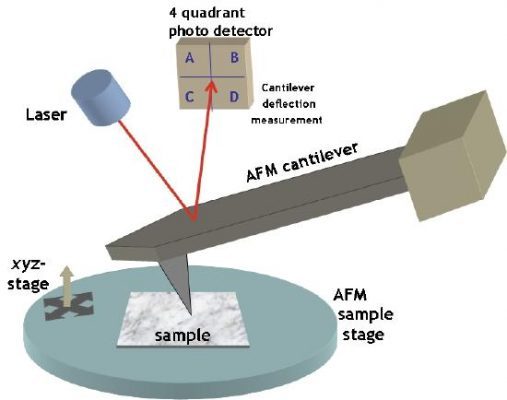
Click here to see other posts about EDS
Only 8$ for interpretation of your EDS spectrum
and 10$ per sample for interpreting of your SEM/TEM micrograghs
Payment Upon Completion
Send your results...
1- DTSA-II
DTSA-II is a multi-platform software package for quantitative x-ray microanalysis. DTSA-II was inspired by the popular Desktop Spectrum Analyzer (DTSA) package d...
Read more








